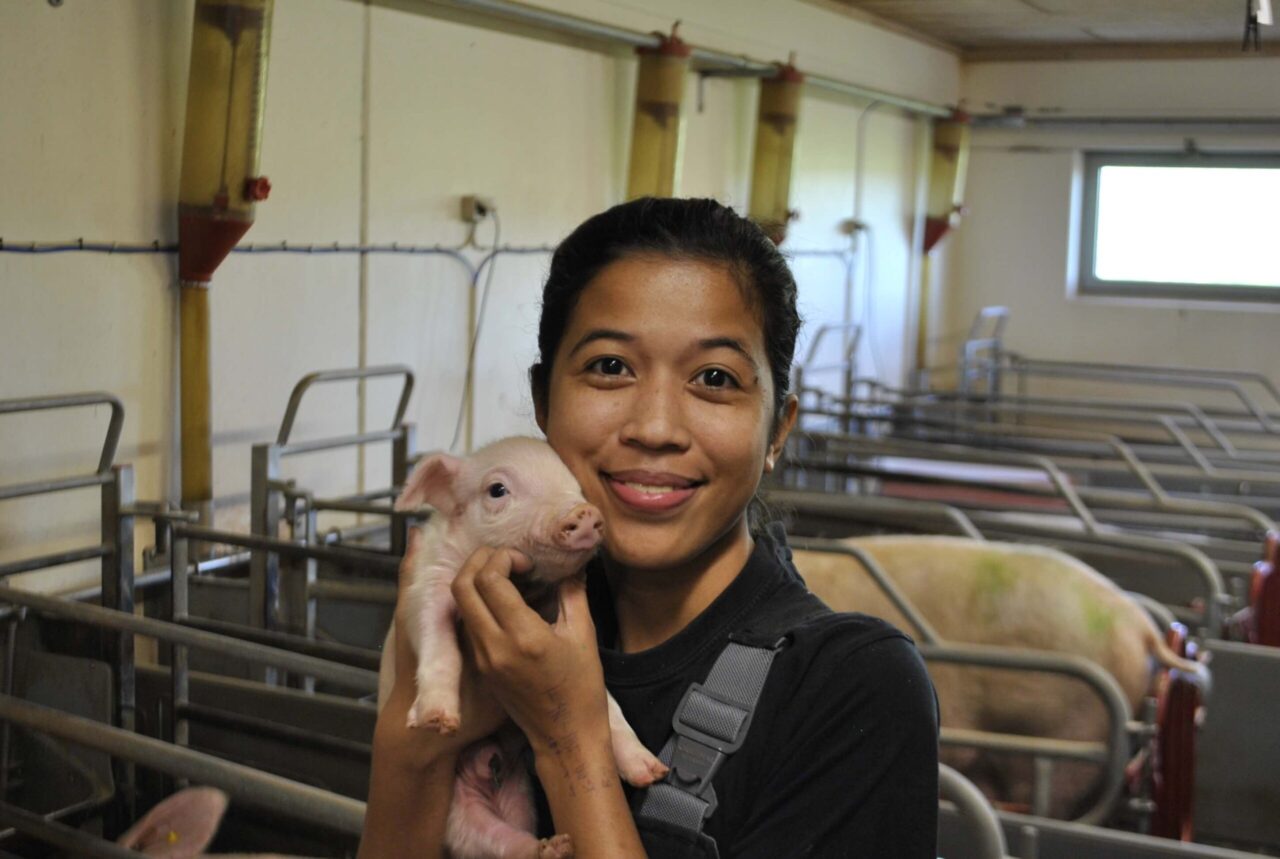German workforce market - agricultural sector, in 2022

Germany remains the largest economy in the European Union (EU), and fourth largest in the world, after the USA, China and Japan. On top of that, Germany is the third largest exporter. While the main sectors of the German market remain automotive, chemicals and electronics, there are other sectors such as agricultural, hospitality who are essential players of the country’s economy. Furthermore, 56.3% of the total workforce in Germany works in small and medium-sized enterprises (SMEs).
In February 2022, 45.1 million people were in employment across Germany.
In March 2022, the unemployment rate was 5,1%, which translates into roughty 900,000 vacancies, and in fact in March 2022, there were 839 000 reported job vacancies. Additionally Germany has by far the higher number of cross-border workers, many of whom come from Poland and France, due to its location in the heart of Europe. All resulting in one of the lowest unemployment rates across Europe. However, that doesn’t necessarily mean all sectors across the market are experiencing the same prosperity.
Agricultural sector is the largest and most impactful force in sustaining a country’s economy in most world countries. Between 2011 and 2017, more than 1.3 million national farm workers left the EU agriculture sector, and in 2018 European Commission predicted a continuous outflow of labour, outflow from the agricultural sector, albeit at a slower pace. One of solutions that can help to fill in the deficit is migrant workers, local and overseas. However, the issue with EU workers centres around the instability as a workforce unit, due to their ability to move around the Schengen zone freely, thus changing workplaces according to their will, without serious consequences, which can be problematic for employers.
In 2020, when German farms lost more than 300,000 seasonal workers, for harvesting specifically, it opened a new market need opportunity. Additionally, according to the Ministry of Agriculture, less and less local and EU workers are willing to participate in livestock farming, as it demands harder manual work, on top of dirt and unpleasant odours, local workforce demands higher payments, which is something more and more farmers cannot afford.
All this means that the agricultural sector is experiencing a need for workers who are not only motivated, but also stable. Employing overseas workers means having a workforce bound to the employer due to their visa regulations. Many overseas workers tend to come from third world countries, where income level is substantially higher than in Germany, and while the amount of tax paid increases according to the income, the possibility for savings is much higher than with lower income, creating a win-win situation for both employers and employees.
References
Labour market information: Germany, European Commission, 2022
